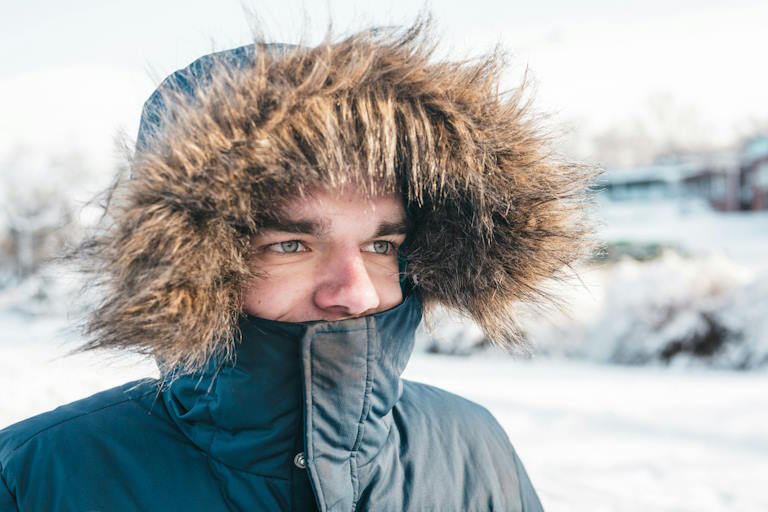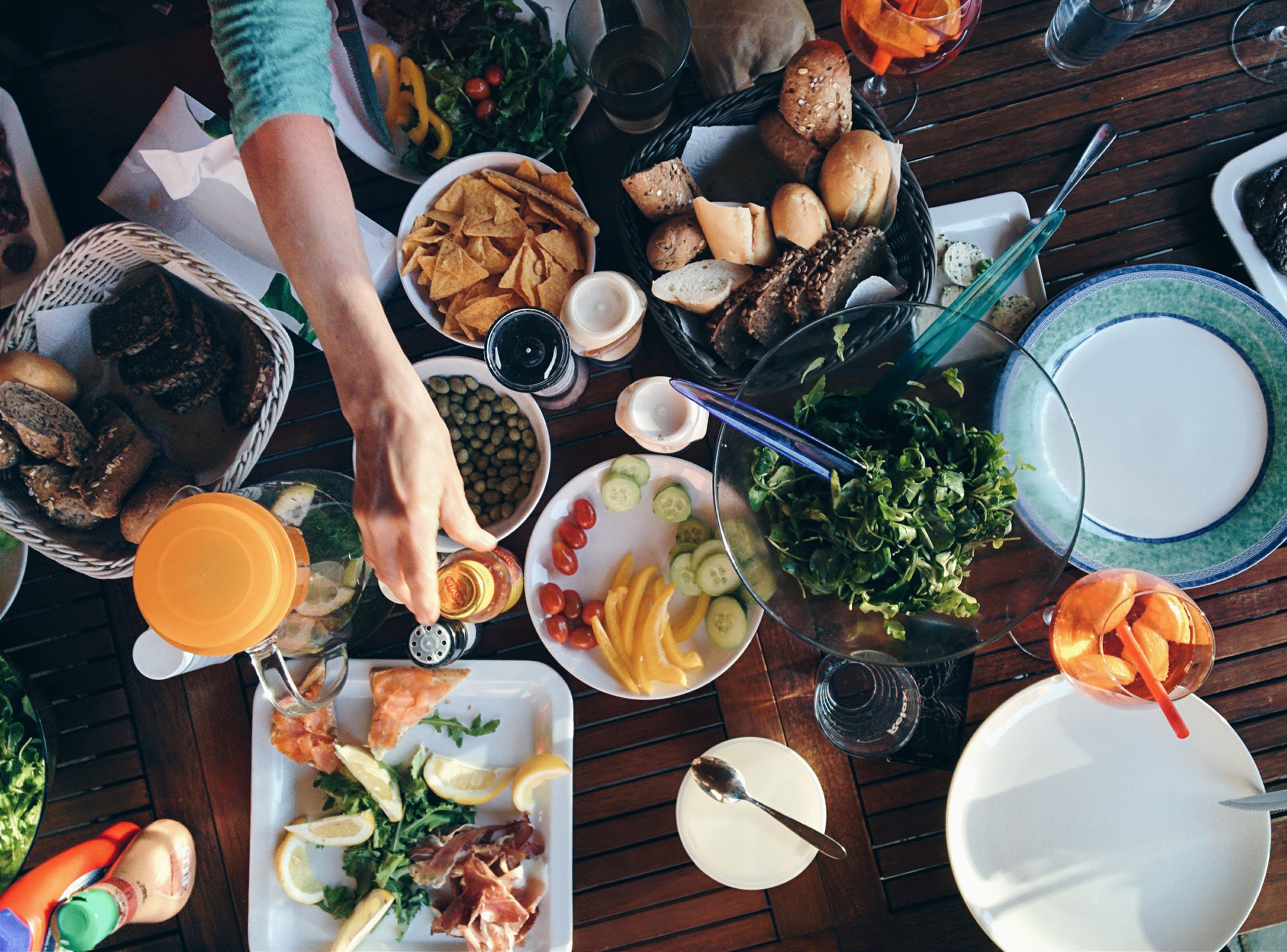
Imagine for a moment that you’re sitting by a roaring fire, the warmth wrapped around you like a cozy blanket. Now imagine that fire is inside your body. No, not literal flames-that would be problematic-but a biological furnace burning to keep you alive, healthy, and perhaps a little warmer than the cold air outside. This process is called thermogenesis, and it’s happening inside you right now, whether you’re aware of it or not.
Let’s unpack this fascinating concept, pull back the scientific curtain, and dive into the hows, whys, and even some “aha!” moments about this heat-producing phenomenon.
The Basics: What is thermogenesis?
Thermogenesis literally means “heat production. It’s the process by which your body generates heat, primarily to maintain a stable internal temperature. Your body’s internal thermostat, the hypothalamus, keeps you around 98.6°F (37°C) most of the time. Whether you’re running a marathon or snuggling under a blanket, thermogenesis is hard at work.
But thermogenesis isn’t a one-size-fits-all process. There are three main types:
1. Basal thermogenesis: This is the heat your body produces to keep the lights on, metaphorically speaking. Breathing, pumping blood, thinking deep (or not so deep) thoughts – all these activities require energy and generate heat.
2. Activity-Induced Thermogenesis: Every time you move, whether it’s a grand gesture like sprinting for the bus or a subtle shift in your seat, your muscles burn energy and release heat.
3. Diet-induced thermogenesis: Here’s a fun fact: digesting food makes you warmer. Yes, chewing, swallowing, and breaking down that holiday feast all require energy, which means heat production.
Why is thermogenesis important?
Think about it this way: without thermogenesis, life would be like trying to keep your house warm in the winter without a furnace. Your muscles wouldn’t work as they should, your brain would get foggy, and even the smallest tasks would feel insurmountable. Heat is life-quite literally.
Basal Thermogenesis
Let’s start with the unsung hero: basal thermogenesis. This is the steady hum of your body’s engine. It doesn’t get much attention, but it’s the reason you’re alive. Your heart beats about 100,000 times a day. That’s a lot of pumping-and heat! Even when you sleep, your cells are working around the clock, repairing damage, building proteins, and generally keeping you going.
Here’s the kicker: Most of the calories you burn in a day go toward this basic activity. You could be lying on the couch binge-watching your favorite show and your body would still be in full-on heat-making mode.
Activity-Induced Thermogenesis

Have you ever wondered why you feel warm after working out? It’s thermogenesis kicking into high gear. Muscles are energy hogs. When you use them, they demand fuel in the form of glucose and fat. Burning that fuel releases heat, which is why you might feel warm after a brisk walk.
But it’s not just about hitting the gym. Tapping your foot, cleaning the kitchen, or even telling a lively story can all contribute to this heat-producing process. Collectively, these small movements are called non-exercise activity thermogenesis (NEAT). Think of it as the unsung cousin of calorie burning-small but powerful.
Diet-induced Thermogenesis

Let’s talk about one of the most delightful ways your body generates heat: eating. Yes, simply indulging in a meal activates a process called diet-induced thermogenesis (DIT). This refers to the energy your body uses to digest, absorb, and process the food you eat. Think of it as your metabolism throwing a mini-party every time you eat, complete with its own energy-burning fireworks.
Not all foods are equal in this metabolic fiesta. Proteins, for example, are the life of the party. Digesting proteins requires the most energy, with up to 30% of their caloric value burned during digestion alone. Carbohydrates come in second, and fats are the easiest (and least energy-intensive) to process. That’s why a high-protein meal can make you feel warmer-and in some cases, fuller.
DIT isn’t just a fun fact; it’s a critical player in your body’s energy balance. Every bite you take not only fuels your daily activities-it also keeps your internal furnace humming, making eating not only essential, but surprisingly dynamic.
The Role of Brown Fat
When it comes to thermogenesis, brown fat steals the spotlight. Unlike white fat, which stores calories for a rainy day (or an indulgent dessert), brown fat is a calorie-burning powerhouse. Its primary job is to generate heat, especially when you’re exposed to cold temperatures. Packed with mitochondria – those tiny cellular engines – it gets its distinctive brownish color and ability to convert stored energy into heat.
While babies are born with a generous supply of brown fat to help regulate their temperature, adults retain smaller but still functional amounts. And here’s the exciting part: brown fat can be activated. Spending time in cooler environments, sipping warm beverages after exposure to the cold, or even eating spicy foods can wake up this hidden furnace. Researchers are exploring its potential as a natural way to support metabolic health, making brown fat a star player in the heat game-and maybe the weight management conversation, too.

The role of cold in igniting heat
Ever felt an uncontrollable chill on a frosty morning? That’s your body’s natural response to cold, working overtime to generate heat and keep your core temperature stable. This response, called shivering thermogenesis, involves rapid muscle contractions that generate heat. But there’s another, more subtle player at work: non-shivering thermogenesis.
Non-shivering thermogenesis kicks in when brown fat takes center stage. Exposure to cold stimulates brown fat to burn stored energy and release heat, like turning on an internal space heater. This process doesn’t just keep you warm-it can improve your metabolism. Research suggests that repeated exposure to mild cold, like taking a brisk walk on a chilly day or turning down the thermostat, can train your body to activate brown fat more efficiently. It’s a natural, fascinating partnership between the cold and your body’s heat-producing machinery.
Food and Thermogenesis: A Love Story

Did you know that what you eat can give your metabolism a temporary boost? Certain foods do more than just nourish-they actively fuel the fire of thermogenesis. It’s a delicious dance between your body and your food, with each bite contributing to heat production in its own way.
Take spicy foods, for example. Compounds like capsaicin, found in chili peppers, can temporarily increase your metabolic rate by stimulating thermogenesis. Similarly, beverages like coffee and green tea owe their metabolic magic to caffeine and catechins, which encourage your body to burn calories more efficiently. Fat burners like PhenQ use thermogenesis for rapid weight loss. Even protein-rich foods play a role, as they require more energy to digest than carbohydrates or fats.
Think of your diet as fuel for a complex engine, with some foods providing extra ignition power. While they won’t work miracles, these thermogenesis-boosting ingredients can complement an active lifestyle by adding a little extra heat to your metabolic fire.
Can you hack thermogenesis?
The idea of boosting thermogenesis to burn more calories or improve metabolism has undeniable appeal. While there’s no magic shortcut, there are ways to kick your body’s heat-producing systems into high gear.
Cold exposure is one method that is gaining attention. Spending time in cold environments can activate brown fat, which burns calories to produce heat. Practices like cold showers or even winter walks may sound uncomfortable, but they can encourage your body to turn up the heat naturally. Similarly, spicy foods with compounds like capsaicin can cause a temporary spike in your metabolic rate, adding a bit of warmth to your meals-and your internal engine.
Another tried and true method is exercise, especially strength training. Building muscle not only boosts your overall metabolism, but also increases the energy your body uses at rest. And don’t forget about NEAT (non-exercise activity thermogenesis)-all those little movements, like fidgeting or taking the stairs, can add up.
While these techniques don’t replace a healthy lifestyle, they are useful tools to supplement your body’s natural thermogenic processes. Small changes, big heat.

When thermogenesis goes awry
Thermogenesis is a finely tuned process, but when it goes out of whack, the effects can ripple throughout the body. Conditions like hypothyroidism, where the thyroid gland is underactive, can slow thermogenesis to a crawl. This leads to fatigue, sluggishness, weight gain, and a persistent feeling of being cold. On the other hand, hyperthyroidism, caused by an overactive thyroid, can supercharge thermogenesis, resulting in rapid weight loss, overheating, and excessive sweating.
Hormonal imbalances, metabolic disorders, and even chronic stress can disrupt this delicate system. These issues highlight how thermogenesis isn’t just about heat-it’s a barometer of overall health. Addressing these underlying causes can restore balance and keep your body’s heat engine running smoothly and effectively.
A Thought Experiment

Picture this: You step outside on a crisp winter morning. The air bites your cheeks and your breath forms little clouds in the icy air. Almost immediately, your body springs into action. A subtle shiver runs through you as your muscles contract to generate heat. Beneath the surface, brown fat is firing up its engines, burning energy to keep your core temperature stable.
Now think about that comforting cup of coffee you reach for. It’s not just the liquid that warms your hands-the caffeine kicks your metabolism into high gear, creating a tiny thermogenic effect. Later, a quick burst of energy as you run for the bus? That’s your muscles adding to the thermogenic symphony.
Every moment of your day involves thermogenesis, from digestion to exercise to the subconscious adjustments your body makes. It’s a silent miracle that keeps you comfortable, energized, and alive without you even realizing it.
Final Thoughts: A miracle of nature
Thermogenesis is one of those behind-the-scenes miracles that we rarely stop to appreciate. It’s the unsung hero that keeps us warm, energized, and alive. Whether it’s the quiet hum of basal metabolism, the fiery burst of exercise, or the gentle warmth of digesting a hearty meal, thermogenesis is a testament to the brilliance of the human body.
So the next time you feel a little heat coming on-whether from a cool breeze, a spicy curry, or a sprint to the finish line-take a moment to marvel at the unseen fire inside you. It’s working tirelessly, burning for you, every second of every day.
Pingback: PhenQ Review: Does It Really Burn Fat? - Burn Fat Simple Way
Pingback: PhenQ Review: Does It Really Burn Fat? - Brugare